Python – Introduction
Introduction to Python

Python is a high-level, interpreted, general-purpose dynamic programming language with a focus on readability. When compared to other programming languages, Python allows programmers to write code in fewer lines. Guido Van Rossum, a developer, invented the language in 1991. It’s used for server-side web development, system scripting, software development, data management, and sophisticated mathematical computations. Let us see the Introduction to Python. The following are some of Python’s most essential features:
Language Features:
- Interactive Language – Python is an interactive language that includes a command-line shell that outputs each statement while retaining previously supplied statements’ inactive memory. A new line is provided to the interpreter, which is assessed partially and completely.
- Interpreted Language – Python is an interpreted language (i.e., it is not a scripting language). It executes code line by line, making debugging and learning simple.
- Integrated Language – Python is an integrated language that may easily be used with other languages such as C, C++, and Java.
- Open-Source Language – Python is an open-source language, meaning it may be used and distributed freely, even for commercial purposes.
- Modular Language – Python is a modular language that allows users to structure python code logically in a file that can then be imported into other python programmes. Python is simple to learn and programme as a result of this.
- Dynamic Language –Python is a dynamically typed programming language. It enables the user to modify functions and objects while they are running.
- Object-Oriented Programming Language – Python is an object-oriented programming language.
- Portable Language – Python is a portable language that can run on UNIX-based computers, Mac OS, and different Windows versions.
- High-Level Language – Python is a high-level programming language that allows for the construction of programmes in a user-friendly manner, regardless of the hardware architecture of the machine.
- Extensible in C++ & C – Extensible in C++ & C — Python may be utilised in C++ and C programmes, allowing programmers to write scripts.
- Extensive Library Support – Support for a Large Library — The Python standard library is enormous. Additionally, it allows third-party libraries, allowing for faster programming.
